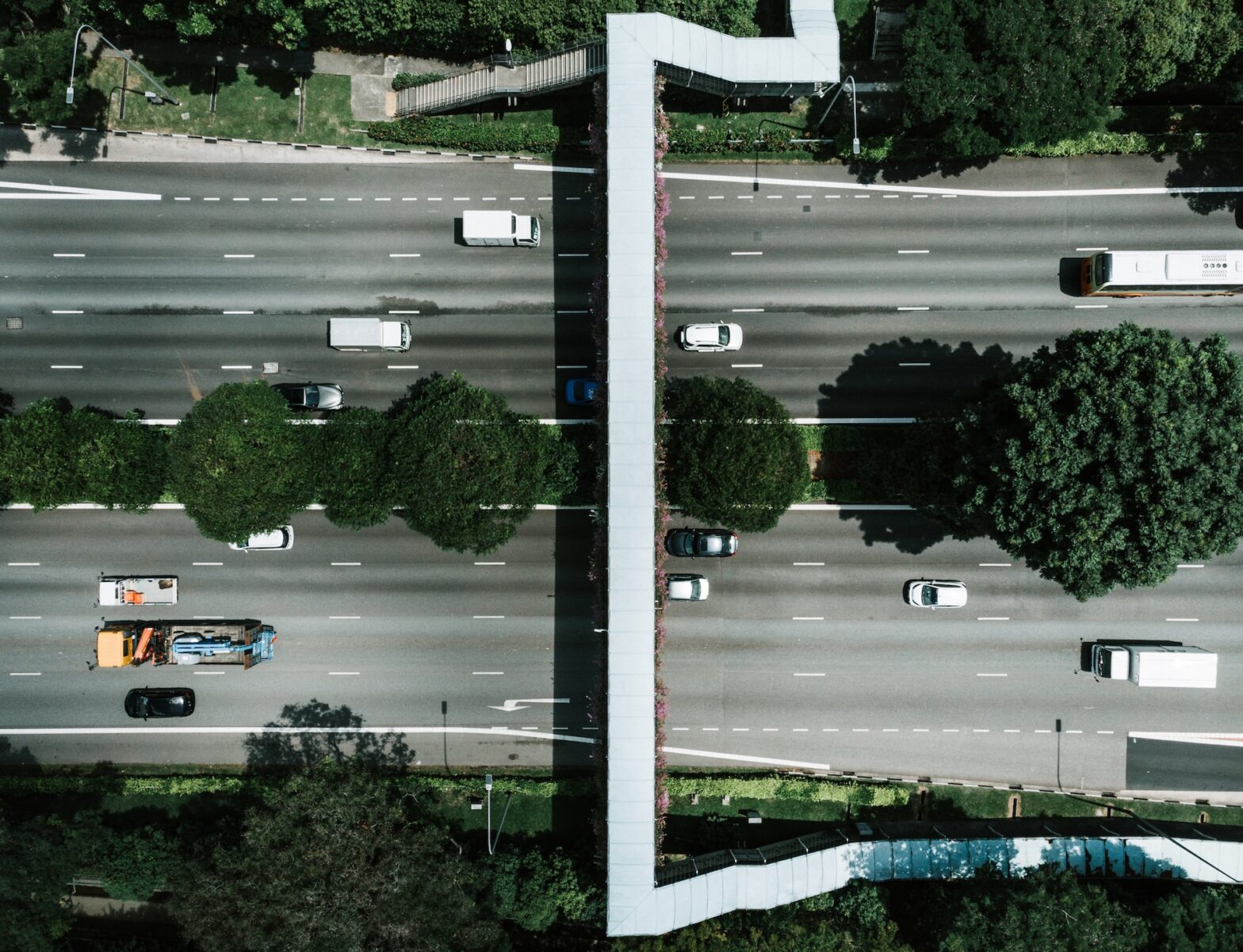
Closing the Digital Gap for Airlines in 2023 and Beyond
Learn how cloud technologies such as digital twins and predictive analytics can help airlines improve operations and passenger experiences.
6 minute read
•Travel and Transportation


We are writing frequenly. Don’t miss that.